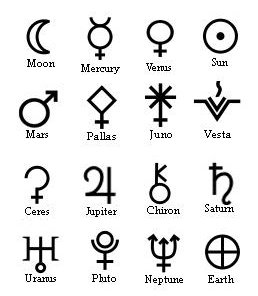I guess the original meaning of the word apin could have been 'channel' rather than 'plough'. A plough produces 'channels' in the earth. Counted from 'the Star of the Foundation' (Scheat Aquarii) to Metallah there were 52 days:
Counting the days for the rest of the year yields the result 366 - 52 = 314 days. There were 4 * 13 (or rather 2 * 26) days from the right 'calf' of Aquarius to where 'Land' would rise up again, marked by the right ascension of Polaris, Baten Kaitos, and Metallah. ... What happens after (or happened, or will happen sometime, for this myth is written in the future tense), is told in the Völuspa, but it is also amplified in Snorri's Gylfaginning (53), a tale of a strange encounter of King Gylfi with the Aesir themselves, disguised as men, who do not reveal their identity but are willing to answer questions: 'What happens when the whole world has burned up, the gods are dead, and all of mankind is gone? You have said earlier, that each human being would go on living in this or that world.' So it is, goes the answer, there are several worlds for the good and the bad. Then Gylfi asks: 'Shall any gods be alive, and shall there be something of earth and heaven?' And the answer is: 'The earth rises up from the sea again, and is green and beautiful and things grow without sowing. Vidar and Vali are alive, for neither the sea nor the flames of Surt have hurt them and they dwell on the Eddyfield, where once stood Asgard. There come also the sons of Thor, Modi and Magni, and bring along his hammer. There come also Balder and Hoder from the other world. All sit down and converse together. They rehearse their runes and talk of events of old days. Then they find in the grass the golden tablets that the Aesir once played with. Two children of men will also be found safe from the great flames of Surt. Their names, Lif and Lifthrasir, and they feed on the morning dew and from this human pair will come a great population which will fill the earth. And strange to say, the sun, before being devoured by Fenrir, will have borne a daughter, no less beautiful and going the same ways as her mother.' Then, all at once, concludes Snorri's tale wryly, a thunderous cracking was heard from all sides, and when the King looked again, he found himself on the open plain and the great hall had vanished. We can now guess why there was a Plough close to the north pole in the Babylonian zodiac:
The only thing which was 'above the waters of the flood' could have been the region around the north pole. This was where 'the Plough' was hidden away for the spring of the next year, watched over by the Wolf:
The Furrow was at the other side of the sky, above the Abyss. This is where Mercury dwelt, always close to Mother Earth - which seems to be illustrated at the top of the astrological sign by its broken off orbit:
With water in the Ayss far down beneath the surface of the Earth a plough would here produce furrows rather than canals. | ||||||||||||||||||||||||||||||||||||||||||||||||||||||||||||||||||||||||||||||||||||





